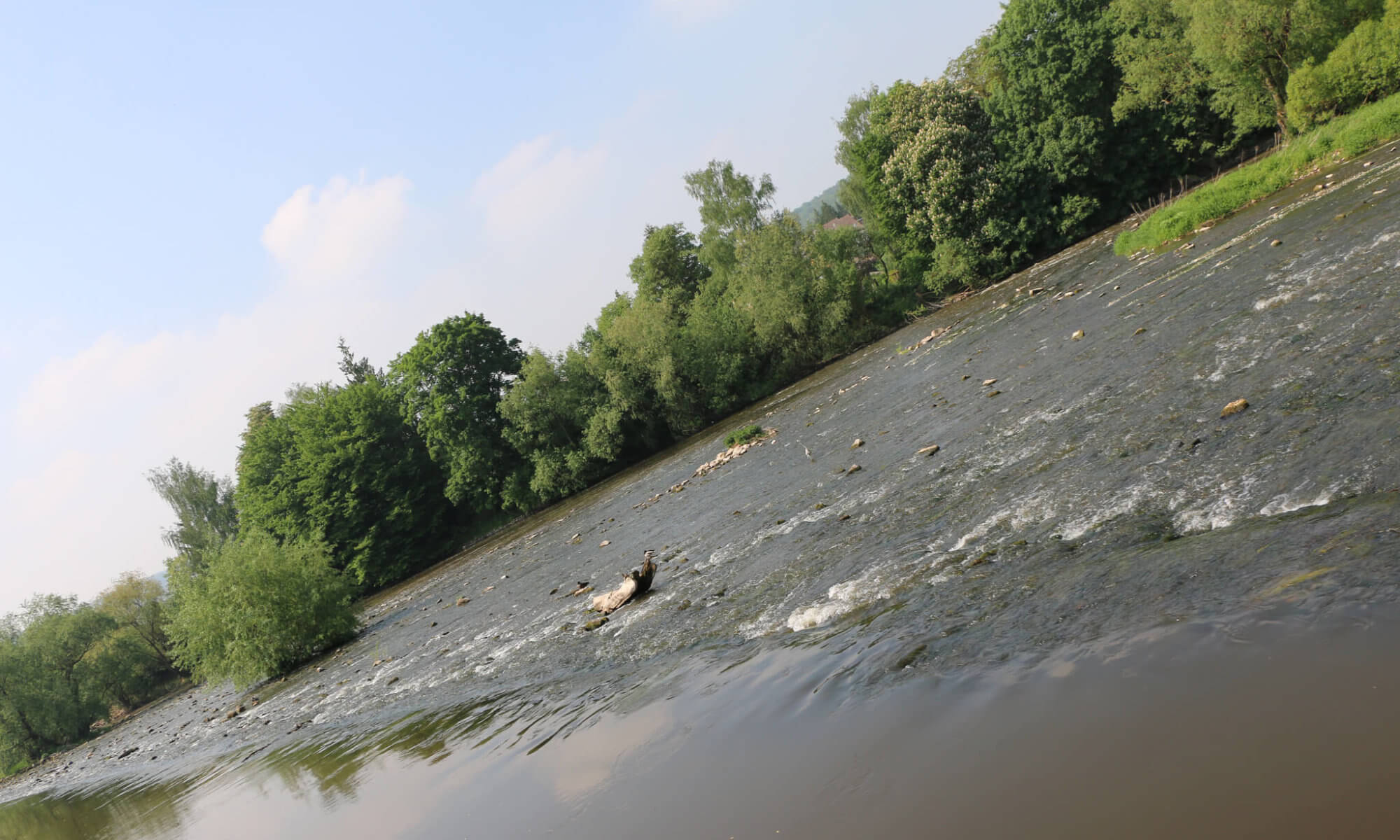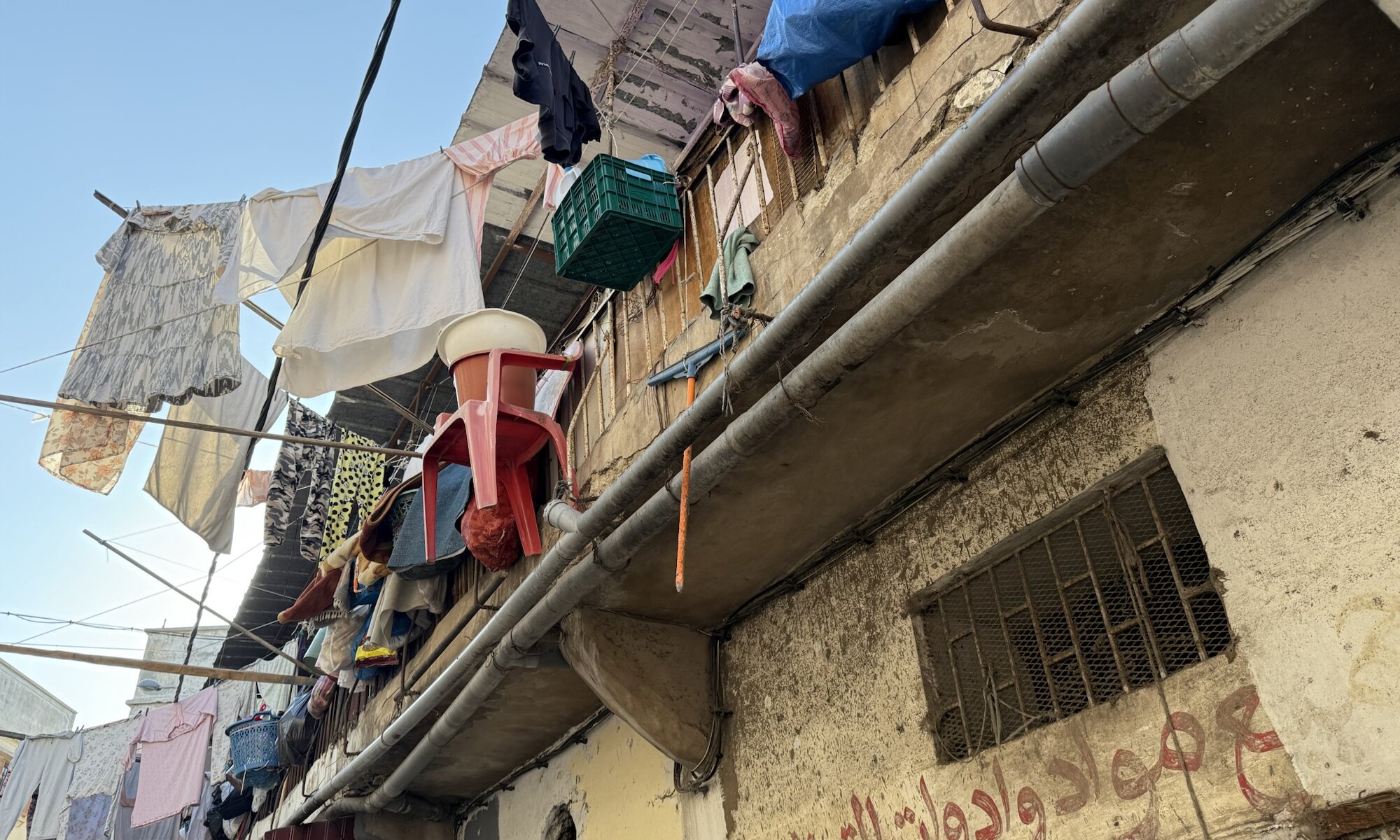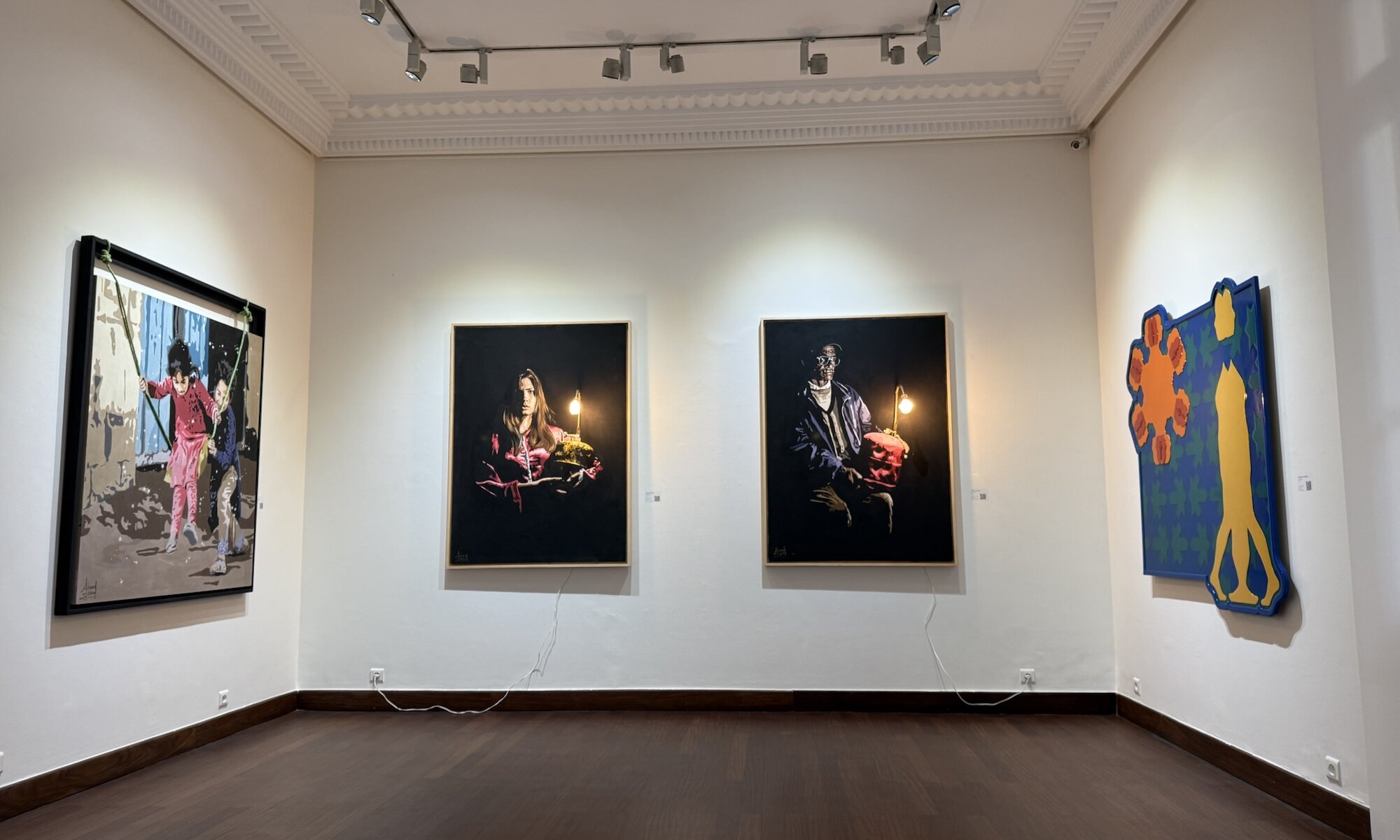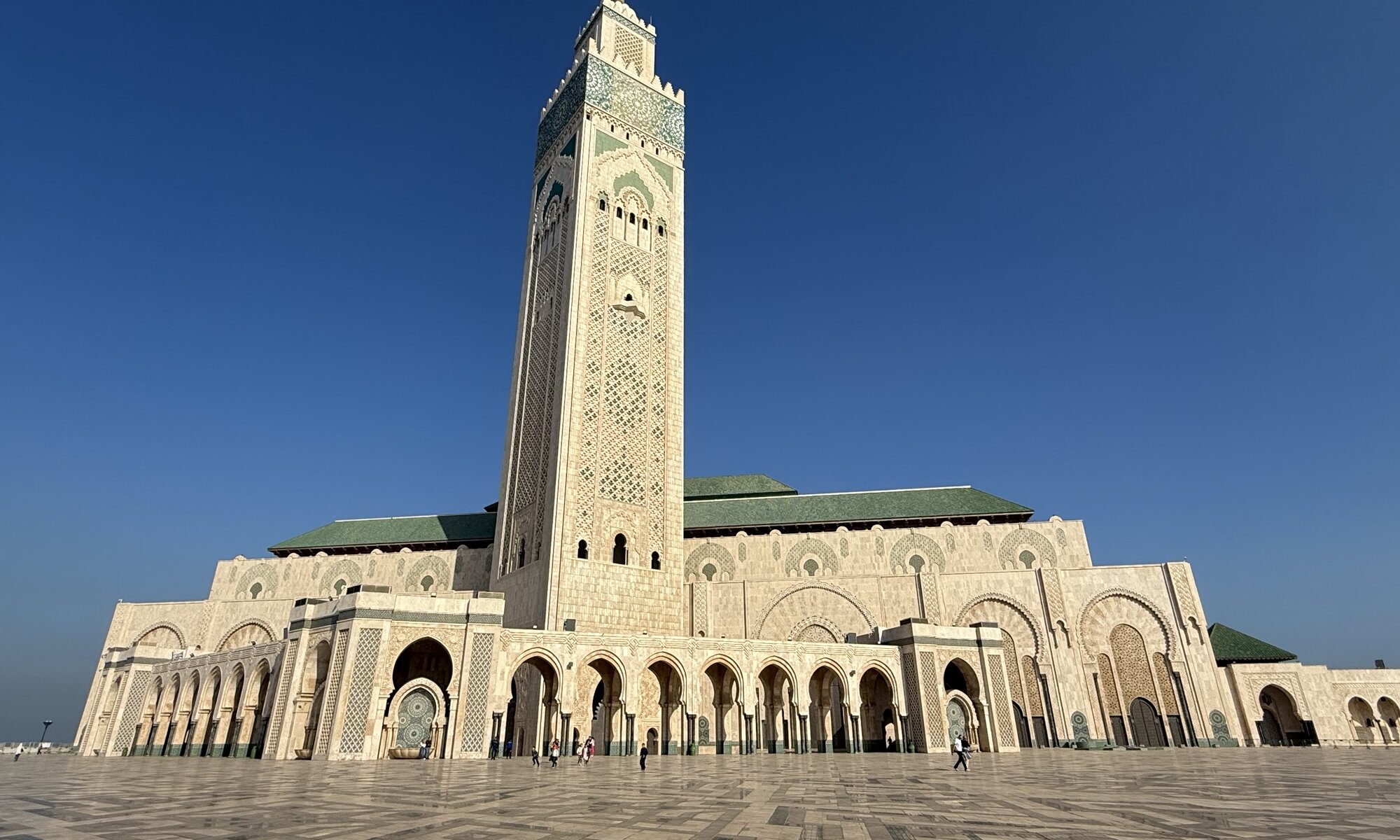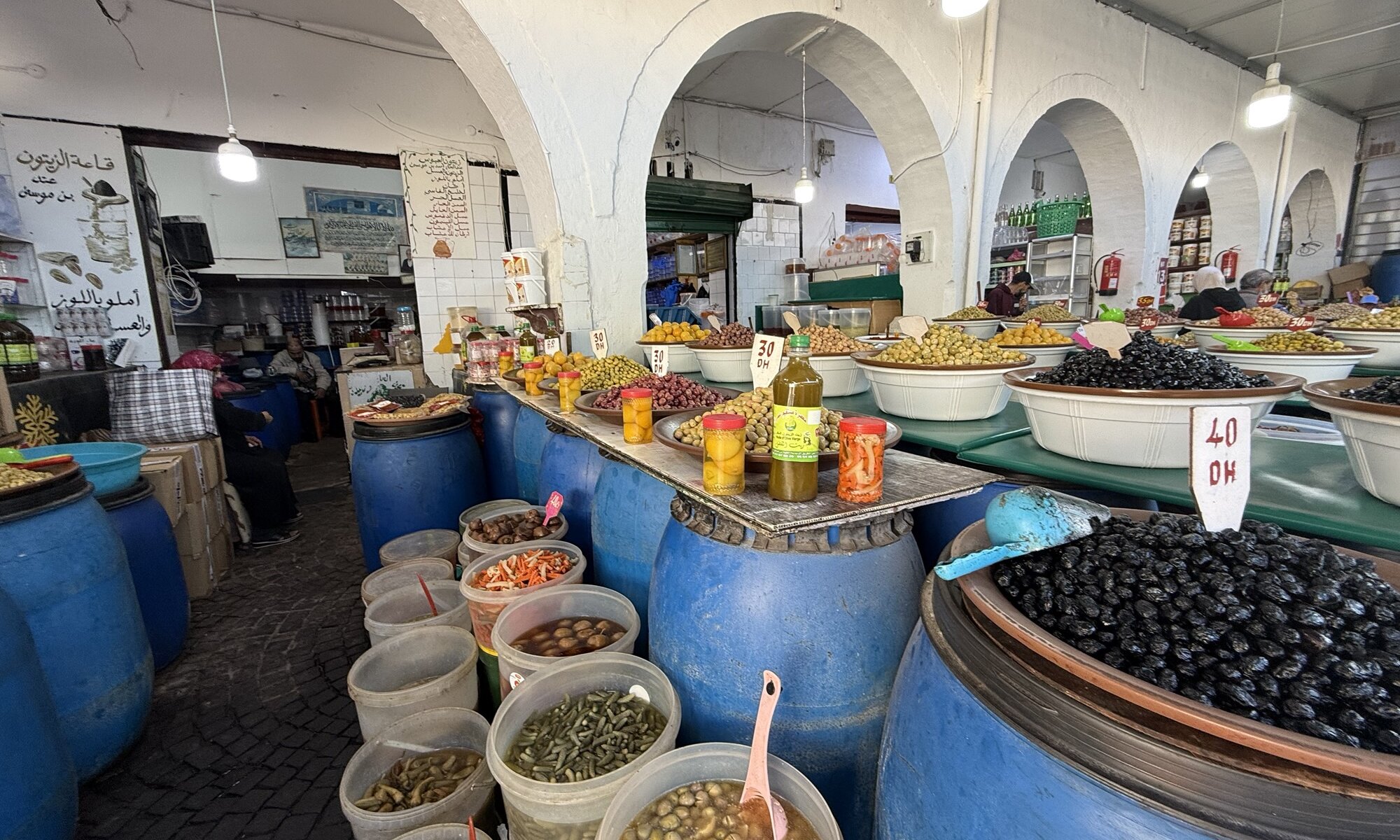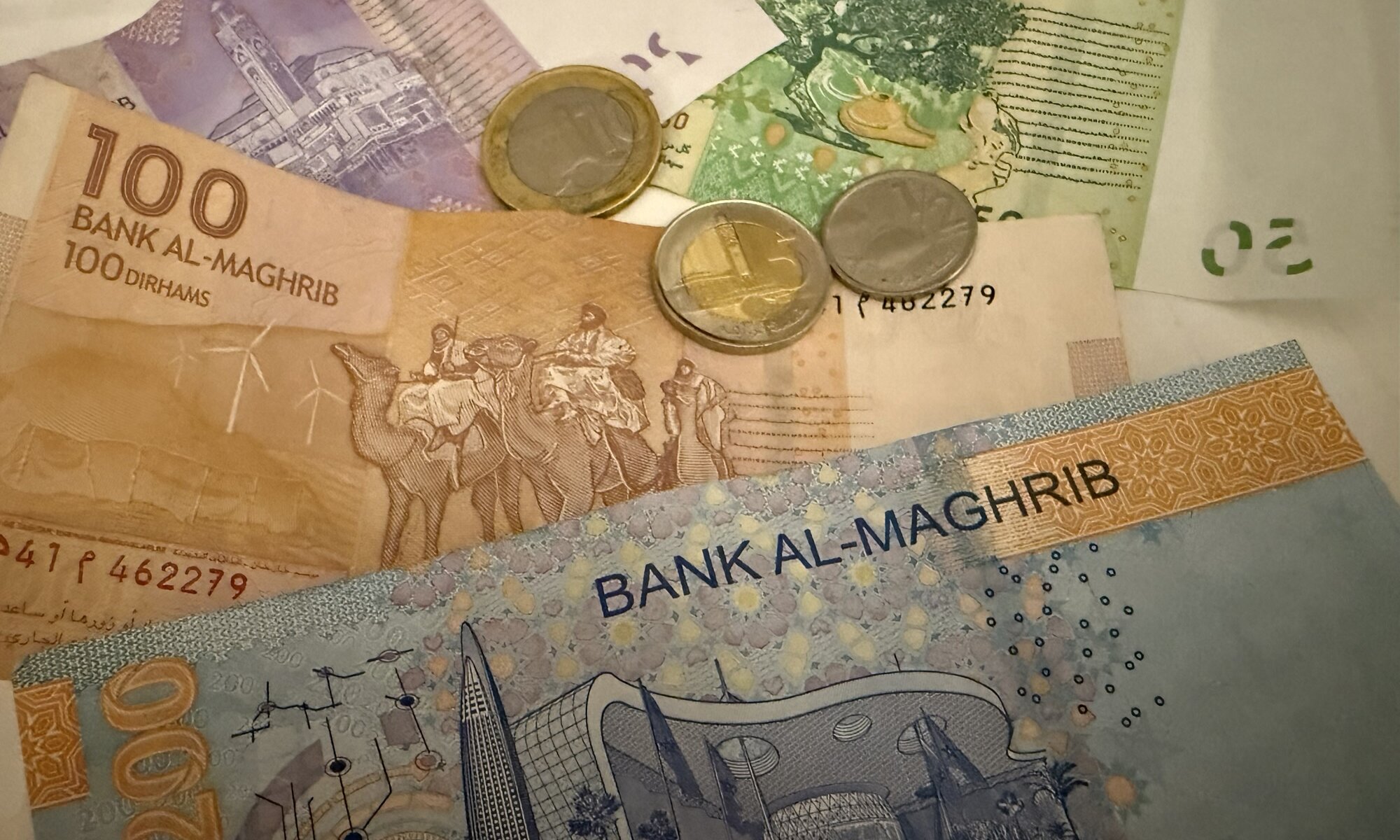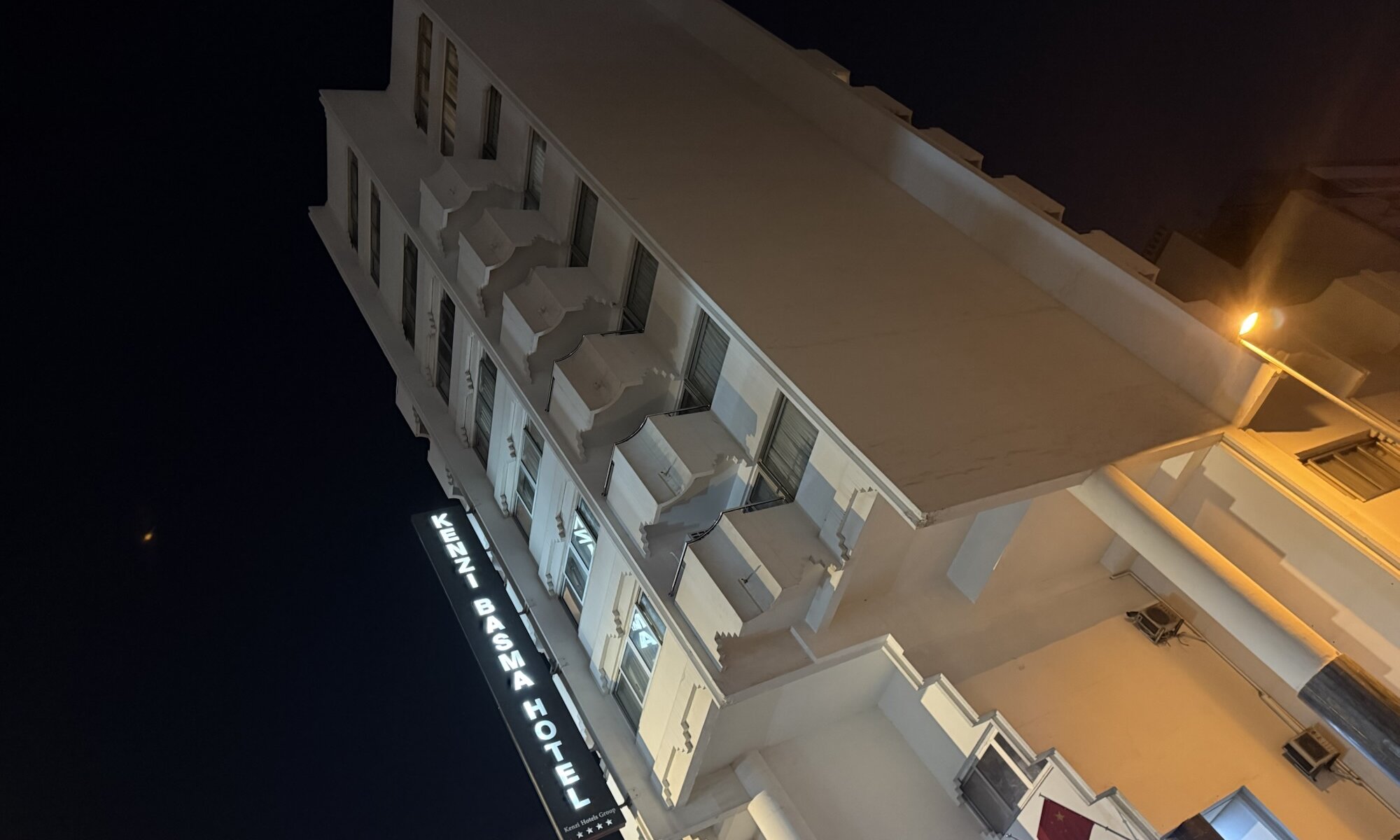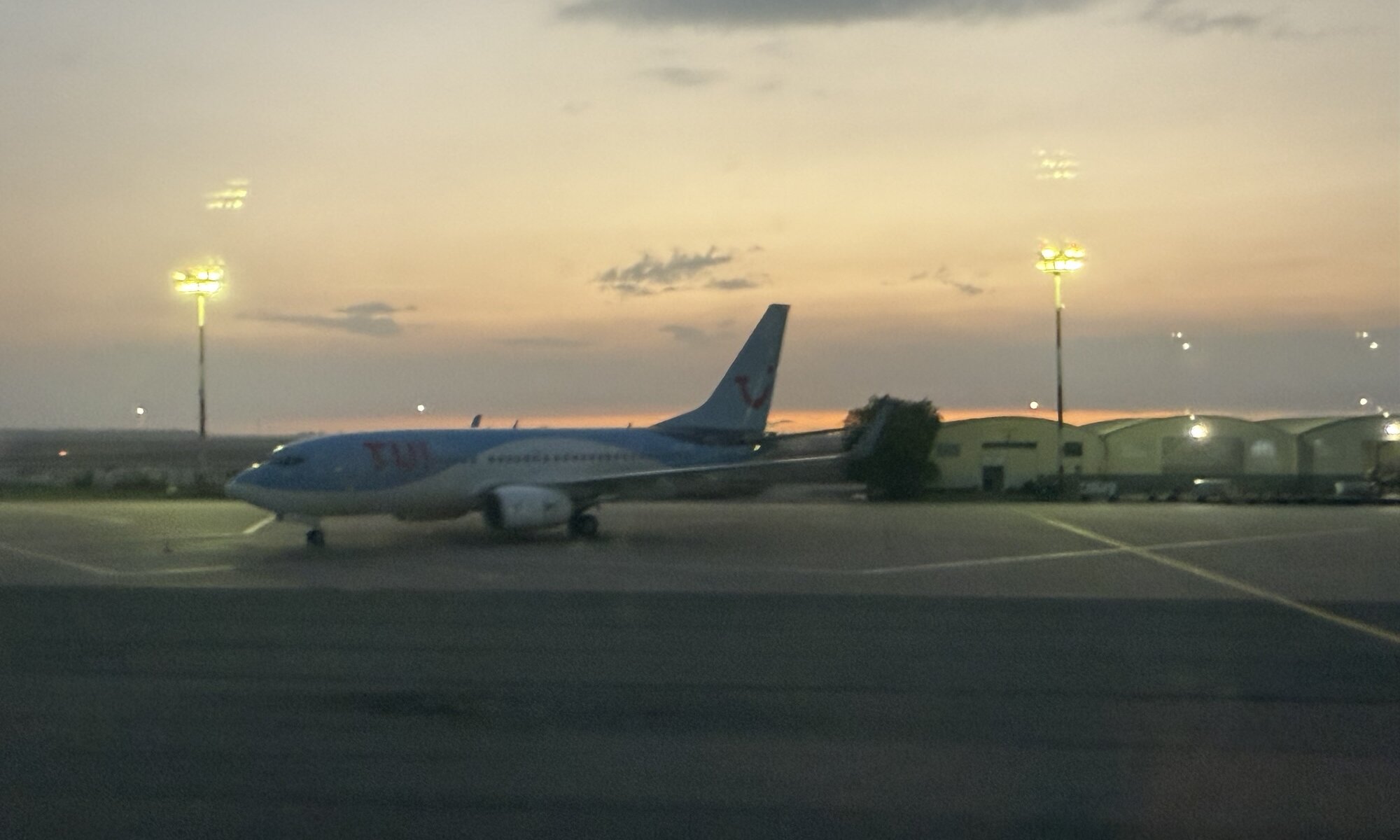Morocco is a multi-language country. As parts of it were Spanish and French protectorates until 1956 you can use these languages while travelling. Especially in the north nearly everyone understands French. Official languages are (Moroccan) Arab (المملكة المغربية) and the berber language Tamazight (ⵜⴰⴳⵍⴷⵉⵜ ⵏ ⵍⵎⴰⵖⵔⵉⴱ) – two languages with a unique characterset typically undecipherable by Europeans; but typically signs are tri-lingual.
Continue reading “Arabic”Villa des Artes
There aren’t too many places in Morocco to see contemporary art, especially local contemporary art. The one place I liked most is the Villa des Artes at Casablanca, located in an art déco villa build in 1934 close to the Parque de la Ligue Arabe. it is not a vast museum, but a beautiful building with two floors full of artworks by current Moroccan artists. While I was visiting the museum a large tent in the garden even extended the available exhibition space.
Continue reading “Villa des Artes”Mosquée Hassan-II
The modern mosque of Casablanca is an unreal place. You wouldn’t expect such a vast building in a city like Casablanca which isn’t even one of the former capital cities of Morocco. When standing in front of this giant house of prayer made for 25,000 worshippers directly at the sea you can’t be anything else then impressed: it is one of the largest mosques in the world and its minaret is the second highest ever built.
Continue reading “Mosquée Hassan-II”Habbous
The medina of Casablanca has unfortunately been destroyed by the earthquake of Lisboa in 1755. Most historic sights have been lost and the city has received a more modern style since then. A great place to explore is in fact the second medina which is called Habbous. It dates back to the year 1916 when a Moroccan Jewish merchant donated the land to the king. As the king wasn’t allowed to receive a donation from a Jew (antisemitism can unfortunately be found in many places), the donation was redirected to a new foundation. This Habbous foundation created a special city quarter with low-price housing the cannot be sold by the inhabitants.
Continue reading “Habbous”Dirham
The Dirham is the historic Arab silver coin unit introduced in the year 698 CE. Some countries in the world still use this name as a reference to that and one of them is the Moroccan Dirham (MAD), with prices often shown with the abbreviation Dh. The MAD is not freely convertible. You can’t get it outside of the country, even importing and exporting it is forbidden. A maximum amount of 1,000 MAD (a bit less then 100 Euros) is typically accepted at the border.
Continue reading “Dirham”Kenzi Basma
Casablanca is the economic powerhouse of Morocco and its medina has unfortunately been destroyed by the earthquake of Lisboa in 1755. It feels acceptable to in this case not aim for a classic guesthouse but to check-in at a plain vanilla hotel. The Hotel Kenzi Basma is located at the Boulevard Hassan I between the medina and the Place Mohammed V with its administrational buildings. From the hotel main entrance it is easy to reach the central Place des Nations-Unies and to access the tramway network.
Continue reading “Kenzi Basma”Nouasseur
The international airport of Casablanca (CMN) is located 30 kilometers south of the city. It was built in 1943 during World War II by the United States (who used it until 1963) and has two runways. 7.6 million passengers use the Aéroport international de Mohammed V – Nouasseur Casablanca every year, making it one of the top 5 airports in Africa.
Continue reading “Nouasseur”